It was time to leave London and start seeing more of England. There are SO many places to visit! I’d originally decided to skip Wales and split our time between England, Scotland and Ireland, but then I read about how beautiful parts of Wales are, so I combined England and Wales and spent a bit more time there than each of Scotland and Ireland. But that meant that we only had seven days in England.
We used public transportation to and throughout London. We then took the train to Bath. We wanted to go to Stonehenge as well, but we couldn’t find a train to it. So, we went to Bath, rented a car and drove to Stonehenge and back to Bath.
We got to Bath and I walked to the car rental place. I used Google maps, which took me to a residence. Ha! But I’d passed a Europcar Rental Office on the way, so I went back to it and they had our reservation. After dealing with them for about 30 minutes because they were trying to overcharge us by many hundreds of dollars, I drove to pick up Michael and we made our first stop: Mary Shelley’s House of Frankenstein in Bath. Yep, just what every tourist does!
I thought it might be a bit scary. It wasn’t. But that was fine! We ended up learning a LOT about Mary Shelley.
Let’s just start with this: Written over 200 years ago, Frankenstein is one of the most influential books in literature.
We learn this about Mary in the first room:
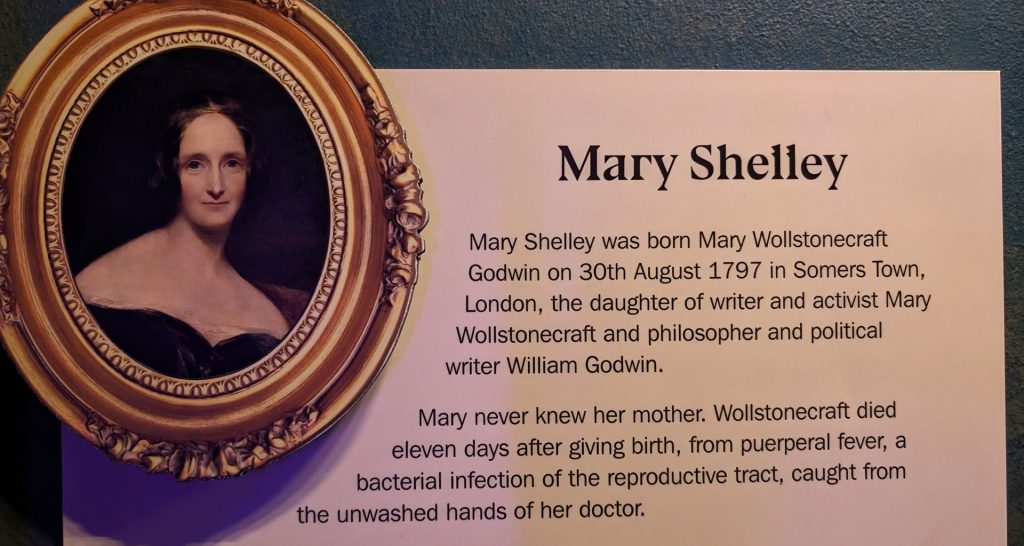
Mary had a complex and unconventional childhood. Keenly interested in science, she was especially fascinated by galvanism, the theory that electricity could be used to bring a dead body back to life.
This explains why the first room you enter also has a fake electricity-generating machine. You put one hand on each of the vertical bars and hold on. The sound builds then it makes a loud noise and lights up.
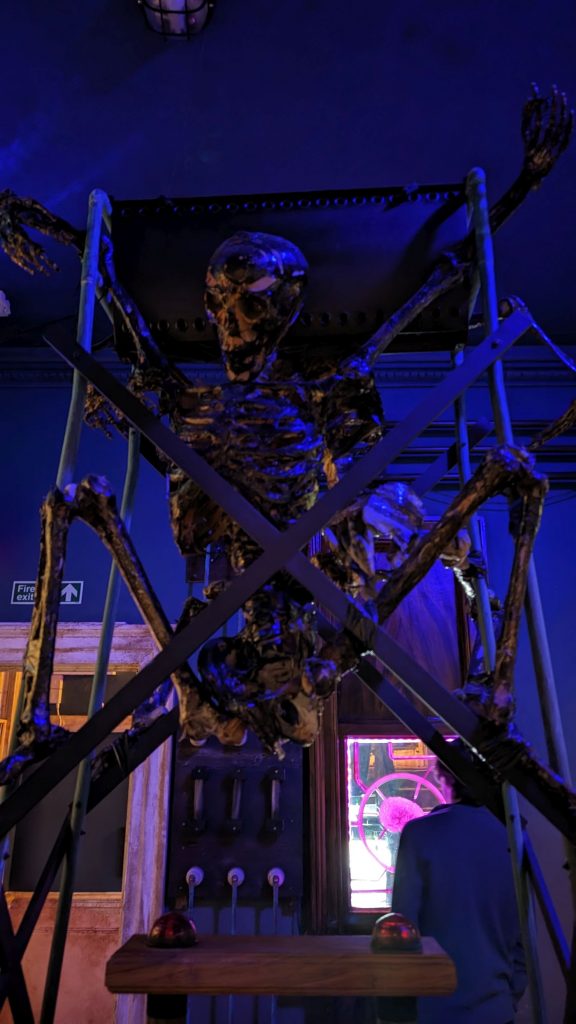
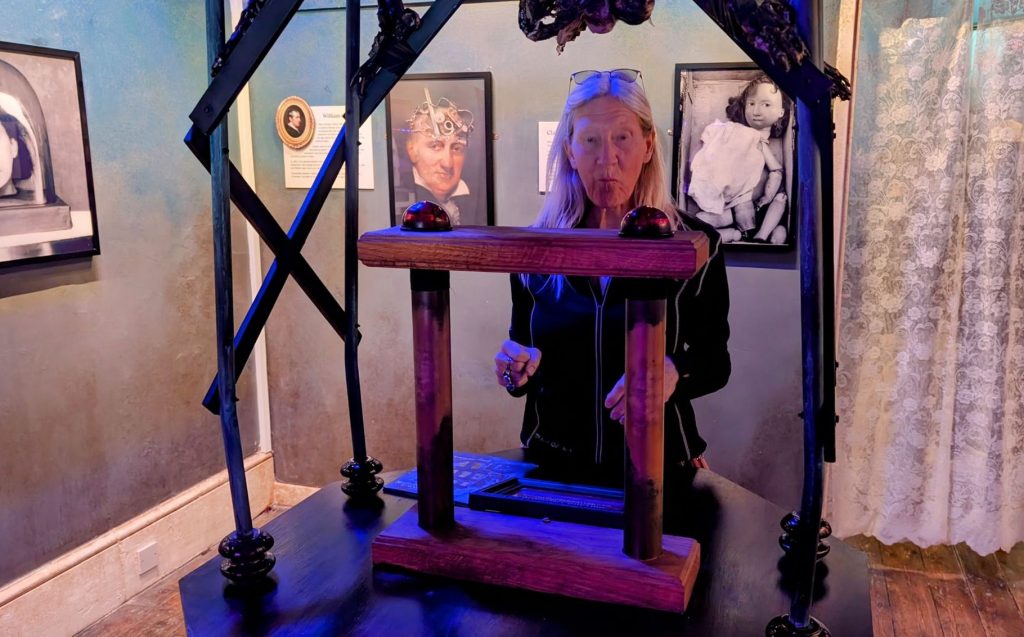
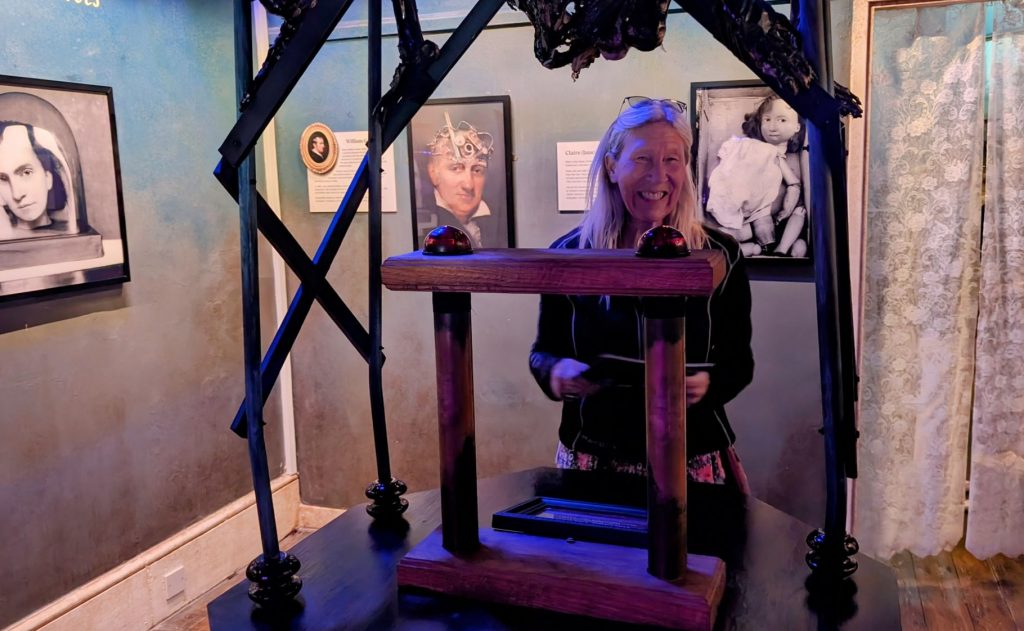
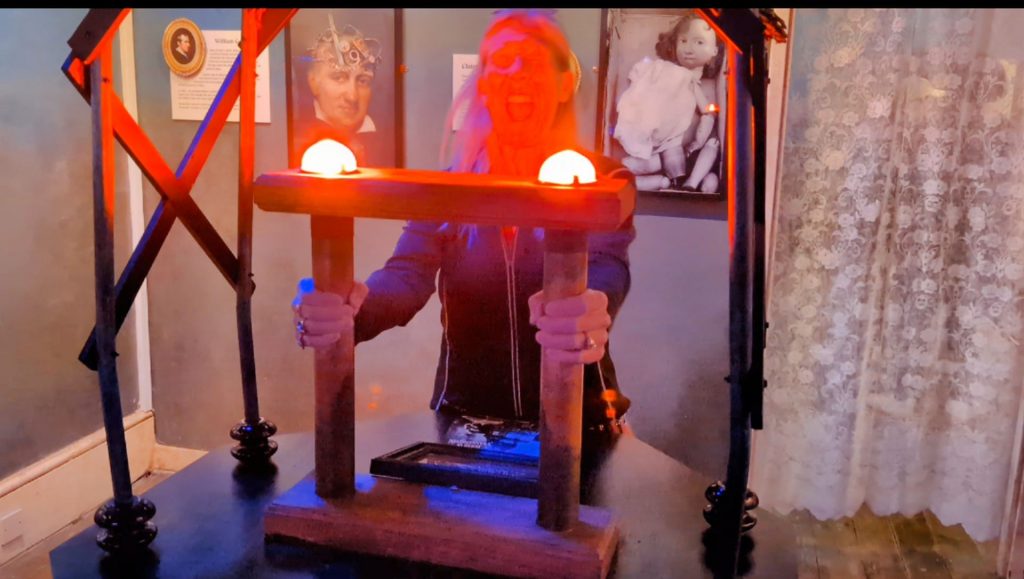
Mary fell in love with Percy Bysshe Shelley when she was sixteen. They later eloped, in spite of his being married with children. Okay, if that isn’t weird enough, Percy also developed an attachment to Mary’s stepsister Clair Clairmont, who accompanied Percy and Mary throughout their travels. Mary once referred to Claire as “the bane of my life.”
Percy was also fascinated by galvanism. When he was a student at Oxford University, he attempted to reanimate a dead cat. It didn’t work.
After a short time, Lord Byron joined the other three. When staying at a house in Lake Geneva, he challenged Mary, Percy and their party to a writing competition. This was when Mary got the idea of Frankenstein in “a waking dream.”
In September 1816, Mary, Percy and Claire – now pregnant with Byron’s child – relocated to Bath. It was here that Mary wrote most of her celebrated book. She finished the book at the age of 19 (in 1817) in Marlow-on-Thames. She also married Percy (his wife had died) and gave birth to their third child, Clara. And Claire gave birth to Byron’s illegitimate daughter, Alegra.
Frankenstein, or the Modern Prometheus was published anonymously on January 1, 1818. The novel received both glowing and damning reviews.
Very few original copies survived, but one volume – signed by Mary as a gift to Lord Byron – was acquired by a private collector in 2013 for an undisclosed sum thought to be in excess of £350,000.
Mary Shelley’s name first appeared as the author in 1821, for the first French edition. In 1831, a fully revised Frankenstein was published with an introduction by Mary in which she revealed the events leading up to the genesis of the novel.
As noted above, not all of the reviews were good.
William Beckford, Bath resident and a writer of fantasy and travel literature wrote of the book: “the foulest Toadstool that has yet sprung up from the reeking dunghill of the present times.” Nice use of words.
Before Mary was known to be the author, John Wilson Croker’s review from the Quarterly Review read thusly: “What a tissue of horrible and disgusting absurdity [Frankenstein] presents.” He goes on to say that the science is “nonsense,” and that the author was likely mad as Victor himself: “the head or heart of the author be the most diseased.”
One opinion from the British Critic attacked Mary for her gender (once it was revealed that she was the author): “The writer of it is, we understand, a female; this is an aggravation of that which is the prevailing fault of the novel; but if out authoress can forget the gentleness of her sex, it is no reason why we should; and we shall therefore dismiss the novel without further comment.”
Percy developed a love of sailing in Italy, despite not knowing how to swim. He designed a boat, the Ariel. But when Byron’s ship entered the bay, it dwarfed Percy’s. Envious, Percy dangerously modified Ariel so she could at least bee the faster ship.
On July 8, 1822, returning on Ariel from Byron’s house in Livorno, Percy, his friend Edward Williams and a young deckhand drowned in a storm.
Percy was 29.
Ten days after the storm, Percy’s body washed up on the coast. Mary, at just 24, was now also a widow. In addition, she had also already lost three children. Her first child, Clara, died when she was just about eight days old. The second child, William, died at age three. Mary’s third child, Clara Everina, died close to her first birthday.
The only child who lived to adulthood was her fourth and final child, Percy Florence Shelley, who was born in 1819 and lived until 1889.
Percy’s body was cremated on a pyre on an Italian beach. The funeral was attended by Byron and other of Percy’s friends, but not by Mary, as was the custom at that time. Allegedly, Shelley’s heart refused to burn and was snatched from the flames (physicians today believe it may have calcified due to an earlier bout of tuberculosis). Byron asked for Percy’s skull, but was refused, due to a story of once using a human skull as a drinking cup.
In 1852, 30 years after Percy’s death and a year after Mary Shelley died, Percy’s heart was found in Mary’s desk along with sheaves of his poetry.
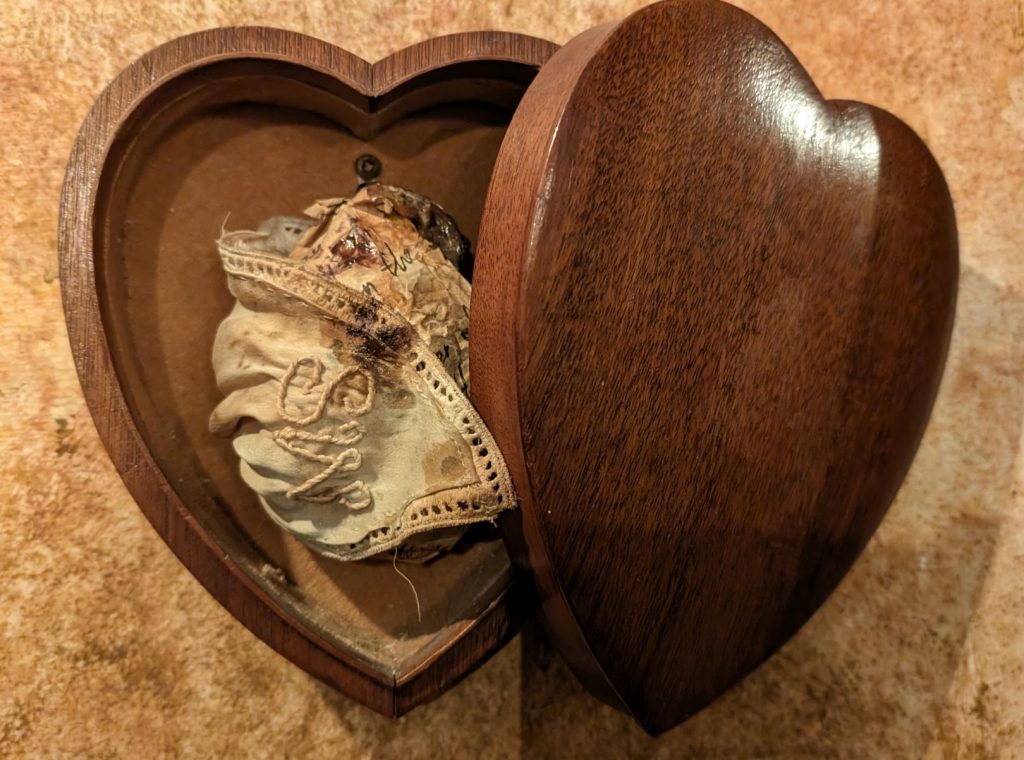
The Mourning Room describes the numerous deaths of Mary’s loved ones: Her mother (who she never knew), her step-sister, Fanny Imlay; her children Clara, William and Clara; Percy; and Allegra. After William’s death (which was only a few months after the second Clara’s death), she fell into deep despair: “I never know one moment’s ease from the wretchedness that possesses me.”
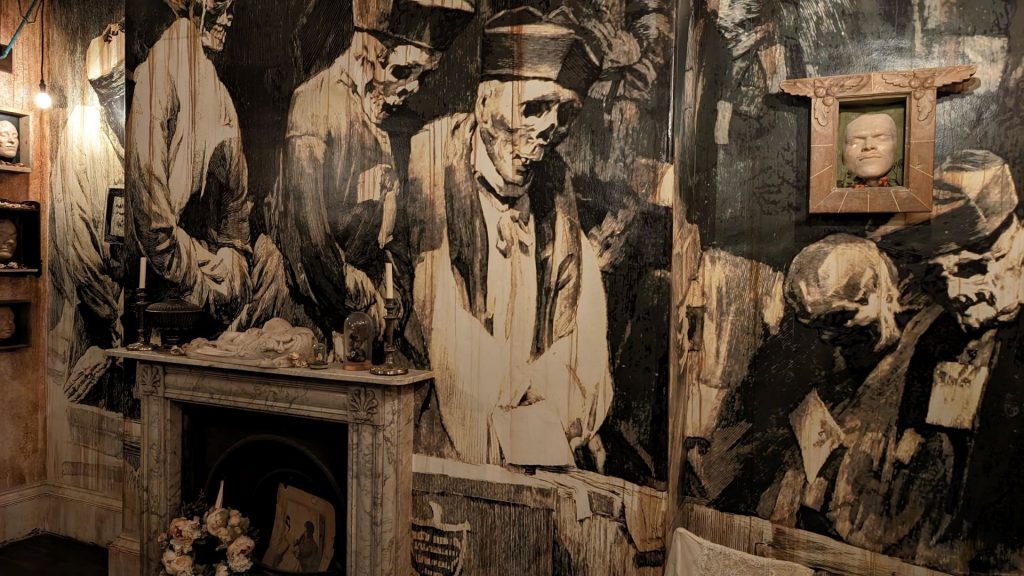
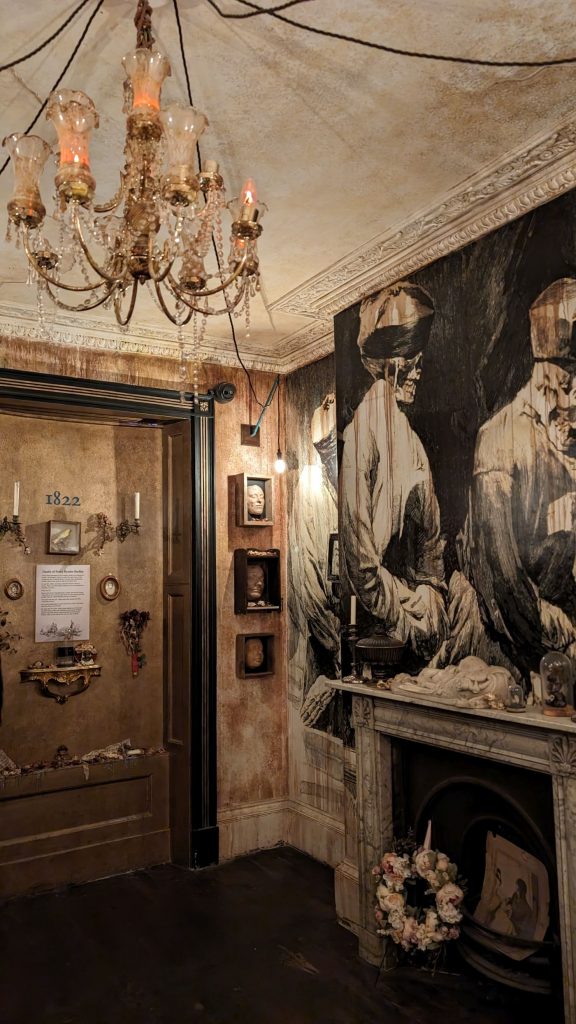
The Theater Room talks about . . . theater. The first theatrical production of Mary’s novel was Presumption! Or The Fate of Frankenstein (1823). It was a musical. The play is seen through the eyes of a new character ‘Fritz,’ a devoted assistant who would later become immortalized as ‘Igor.’
Since 1818 Frankenstein has never been out of print. There have been over 100 original dramatizations of Frankenstein. In spite of its immediate impact and lasting appeal, it wasn’t until Universal Pictures’ 1931 movie starring Boris Karloff, that Frankenstein entered mainstream popular culture. And enter it did! One room is dedicated to the many iterations of Frankenstein, even a pinball machine!
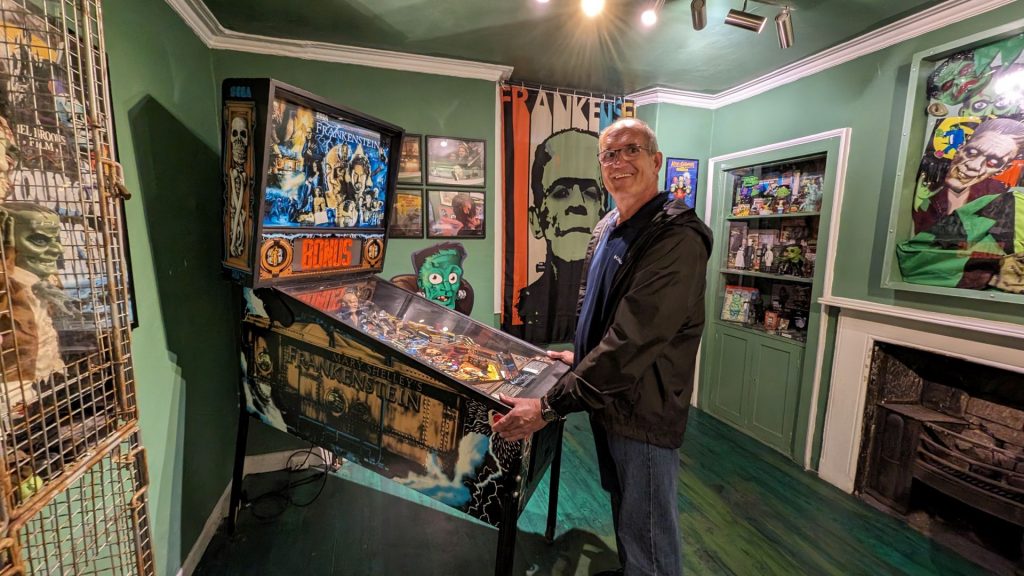
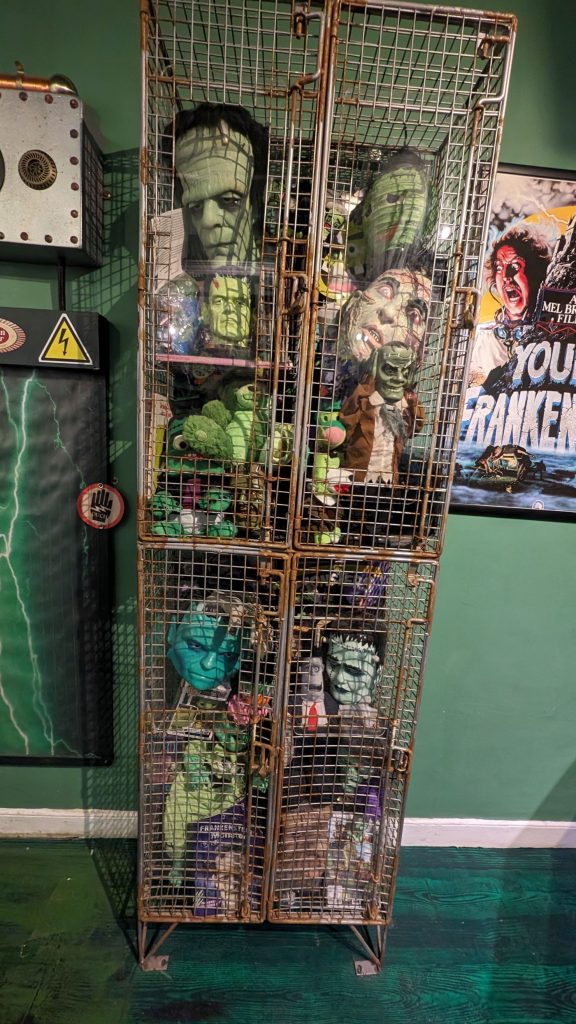
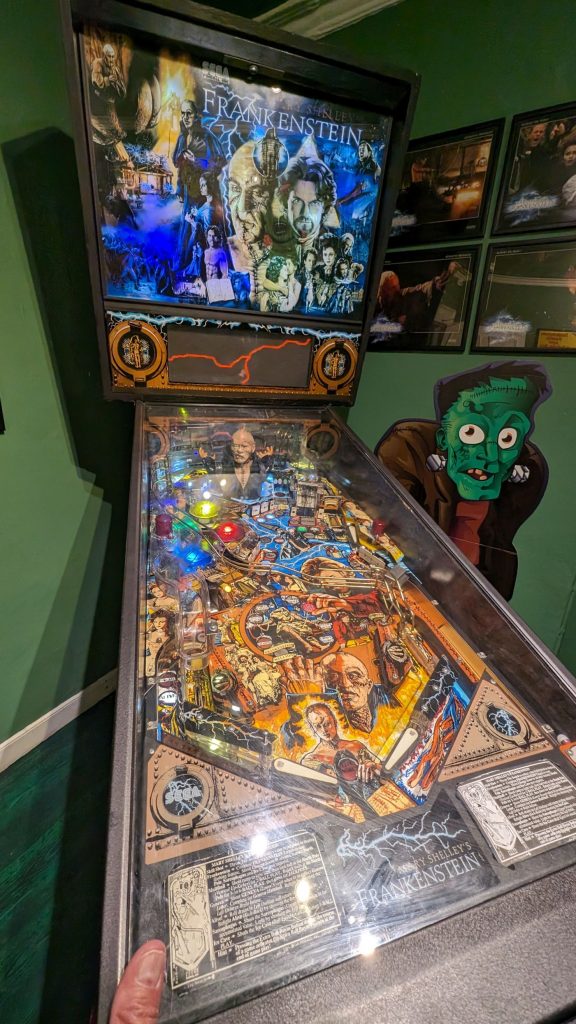
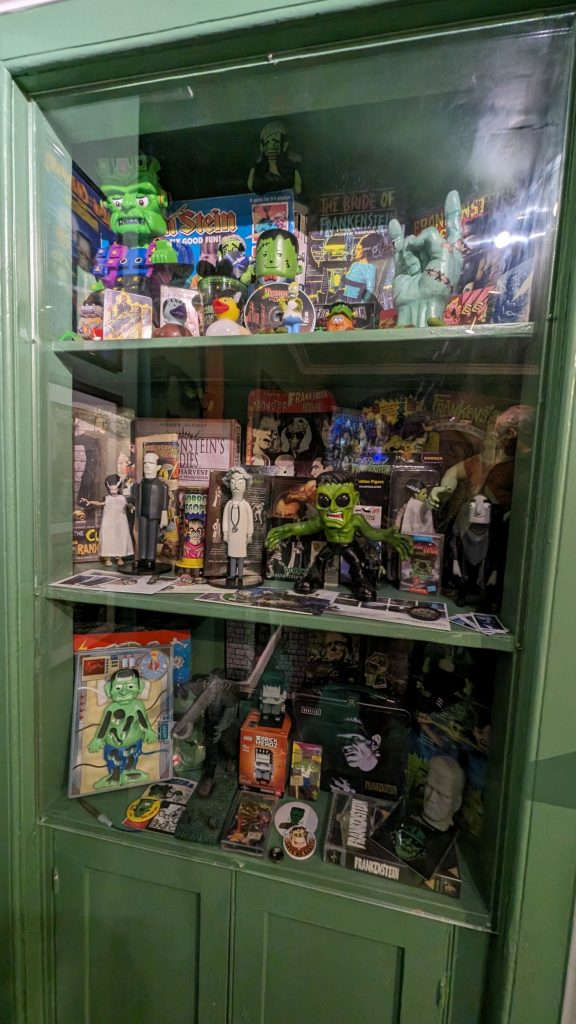
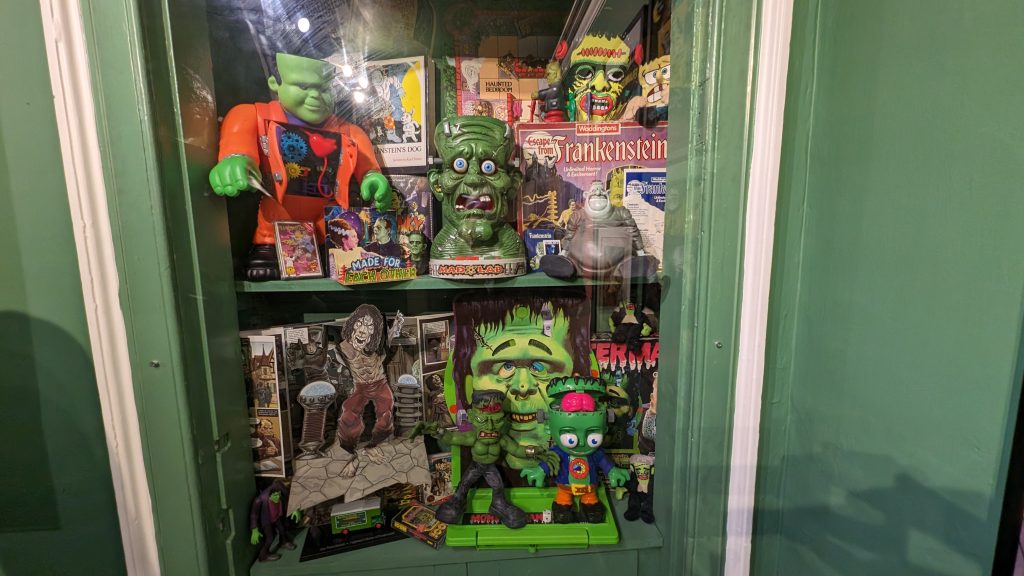
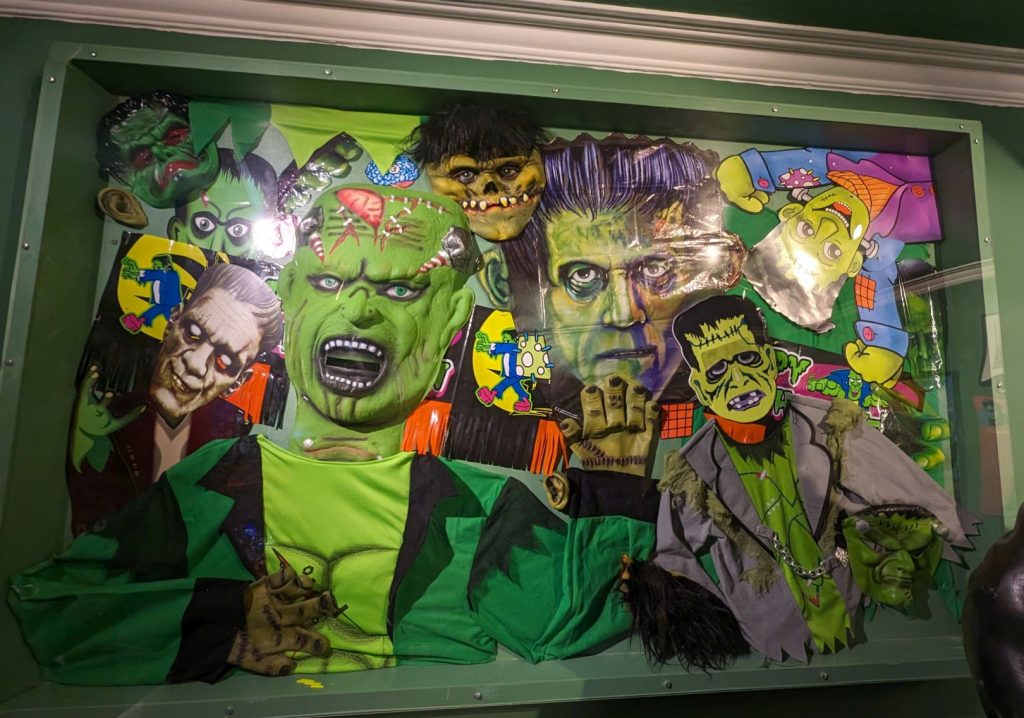
Then we have The Laboratory where we finally see the creature. Mary only offers a brief description of the 8-foot-tall creature in her book and it is a very different representation of the green skinned, bolt-n-its-neck monster we think of today. The creature is presented as described by Victor Frankenstein: “His limbs were in proportion, and I had selected his features as beautiful. Beautiful! Great God! His yellow skin scarcely covered the work of muscles and arteries beneath; his hair was of a lustrous black, and flowing,; his teeth of a pearly whiteness; but these luxuriances only formed a more horrid contrast with his watery eyes, that seemed almost of the same colour as the dun-white sockets in which they were set, his shrivelled complexion and straight black lips.”
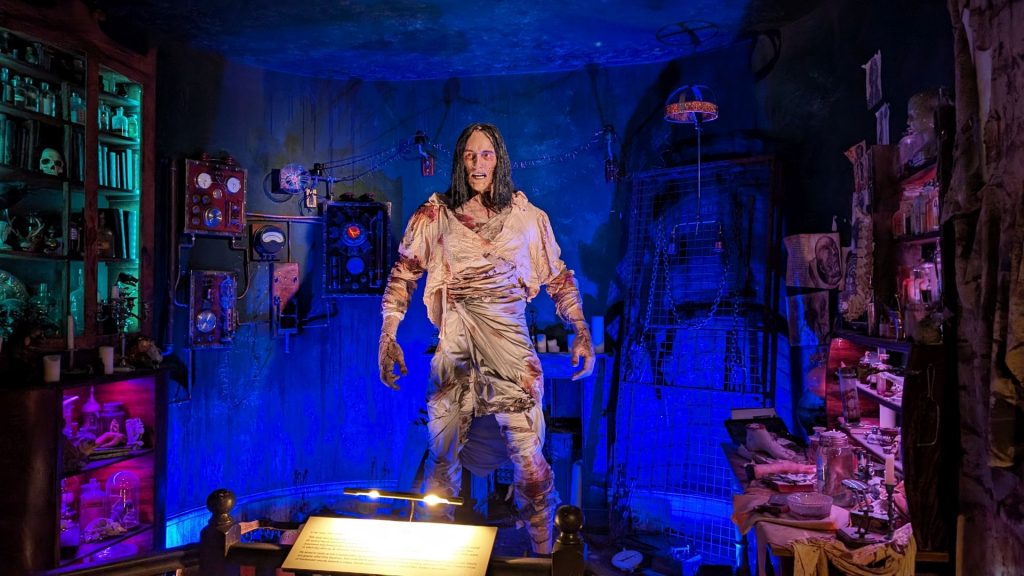
It was time to drive an hour to Stonehenge. Since I am certain you are all familiar with it and how it was built by aliens (grin), I’ll just share some pictures.
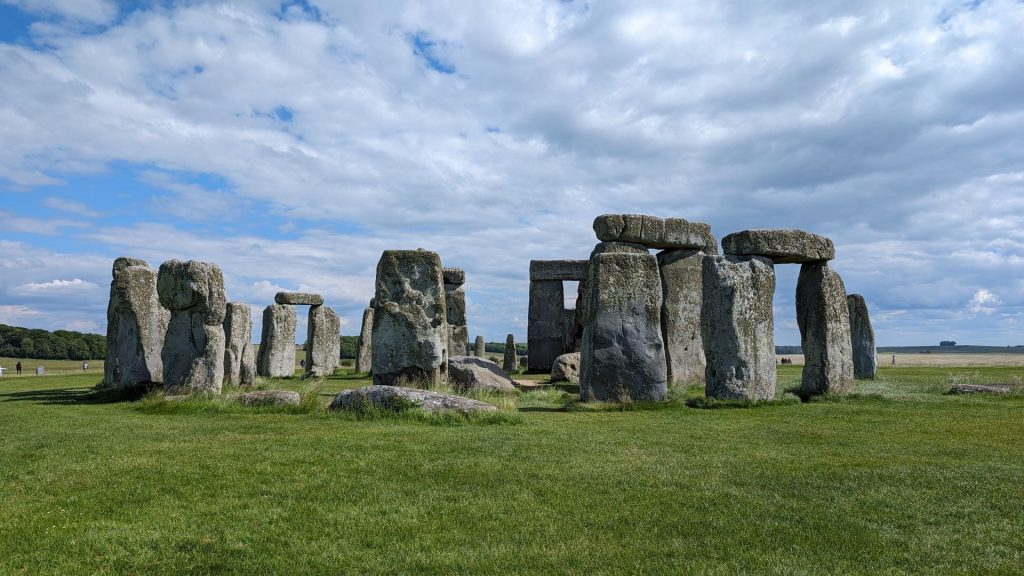
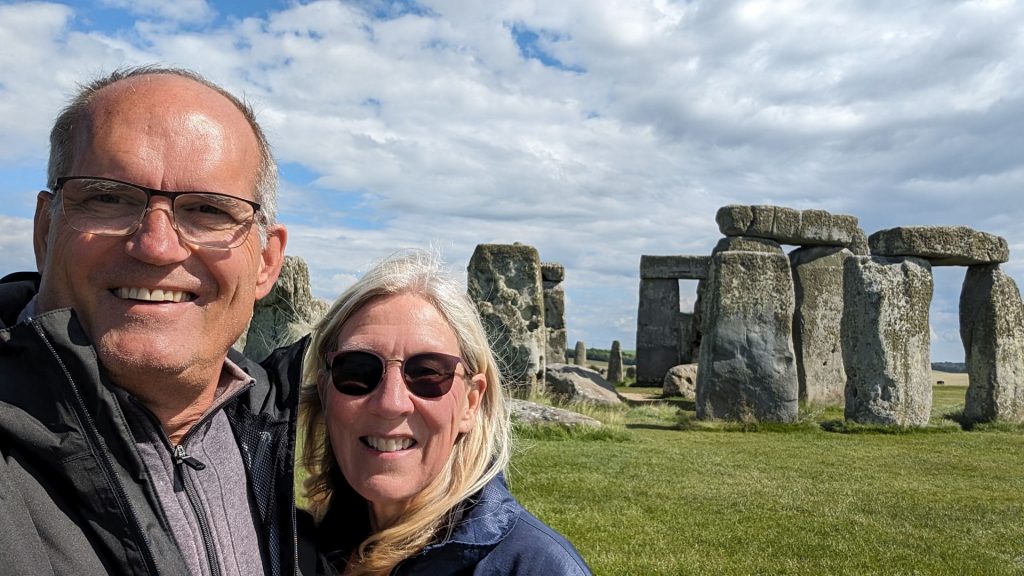

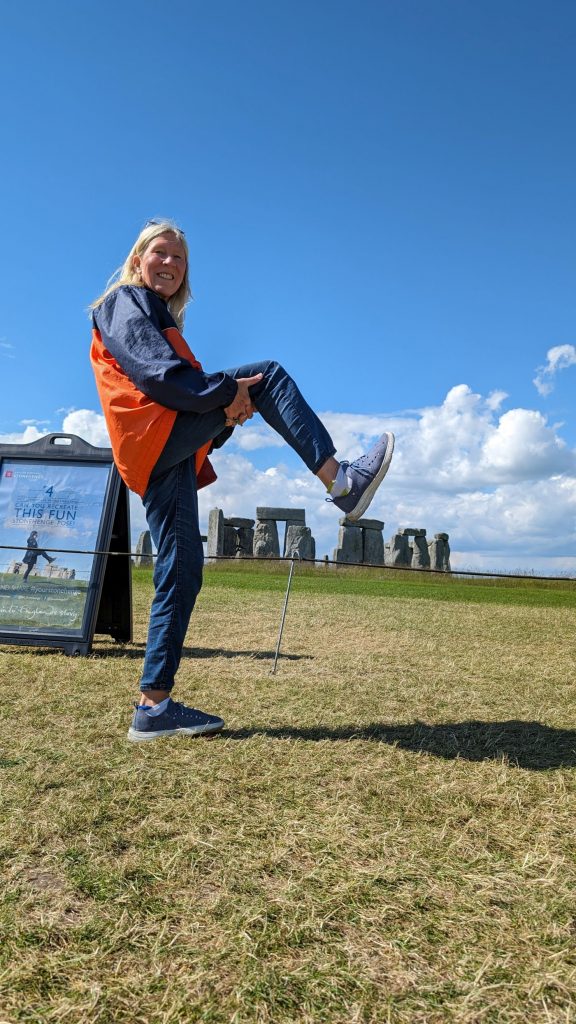
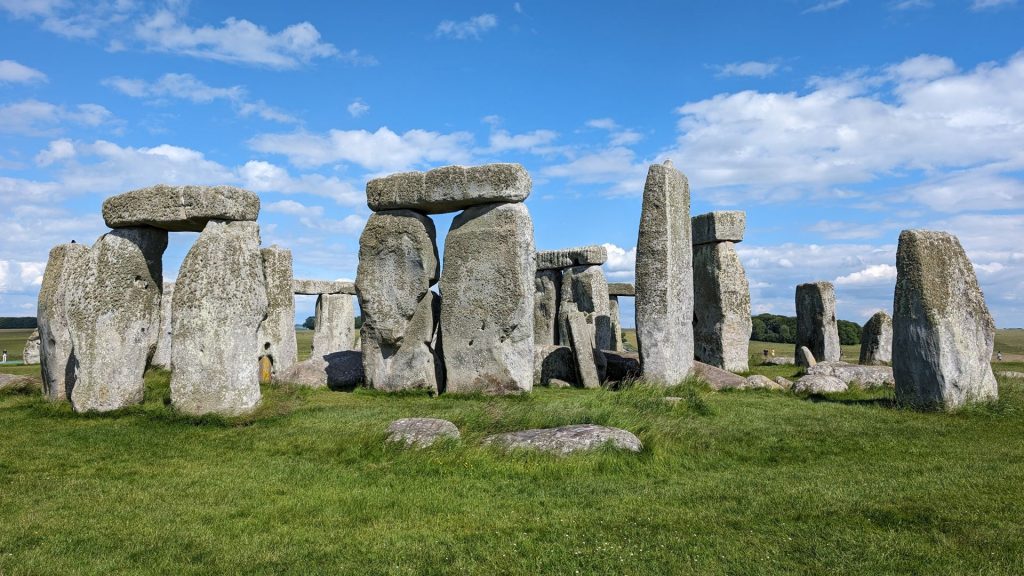
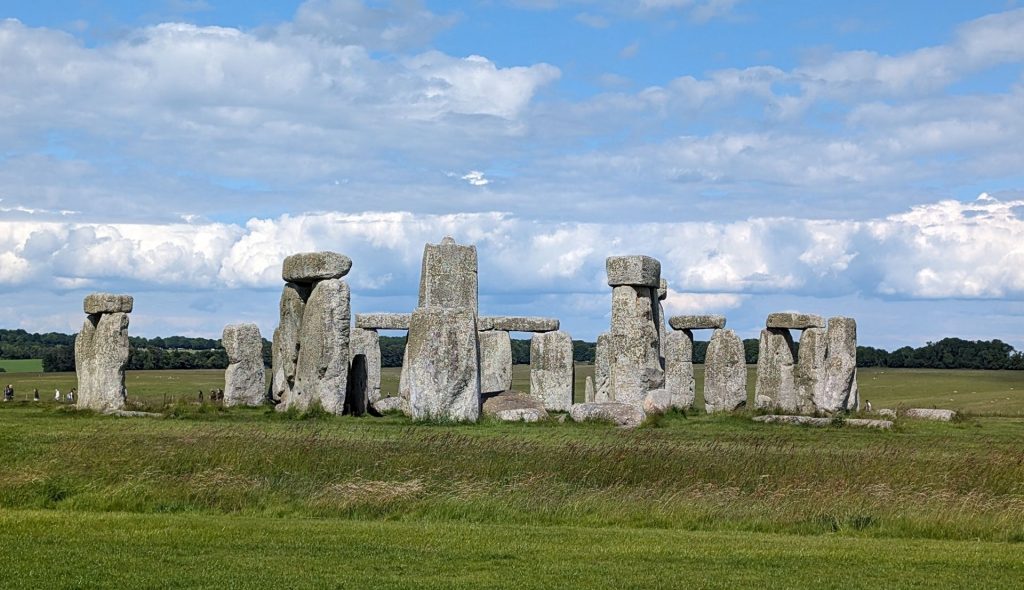
And then back to Bath for dinner and some more sightseeing. First, our dinner: pies. Michael had a meat pie and mine was vegetarian. I couldn’t finish mine. So filling!
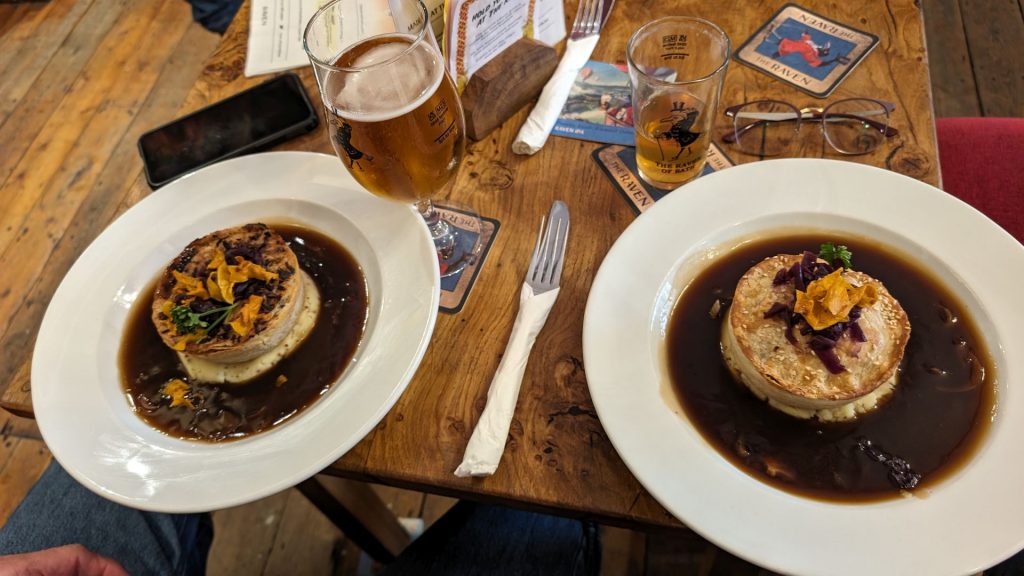
I was happy to have an opportunity to walk around Bath after eating, to work off some of the food.
The Abbey Church of Saint Peter and Saint Paul, commonly known as Bath Abbey, is a parish church of the Church of England and former Benedictine monastery in Bath, Somerset, England. Founded in the 7th century, it was reorganized in the 10th century and rebuilt in the 12th and 16th centuries; major restoration work was carried out by Sir George Gilbert Scott in the 1860s. It is one of the largest examples of Perpendicular Gothic architecture in the West Country.
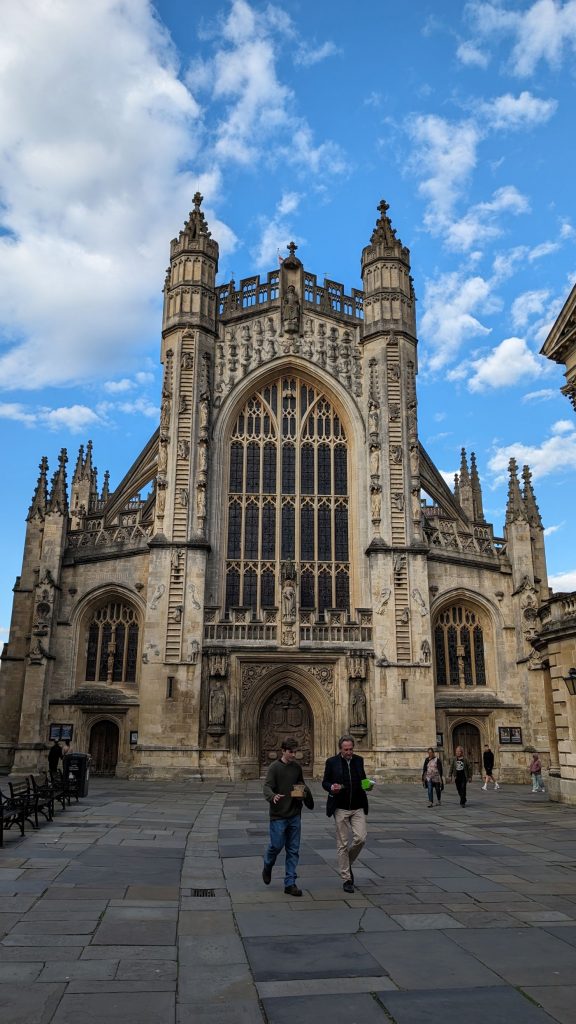
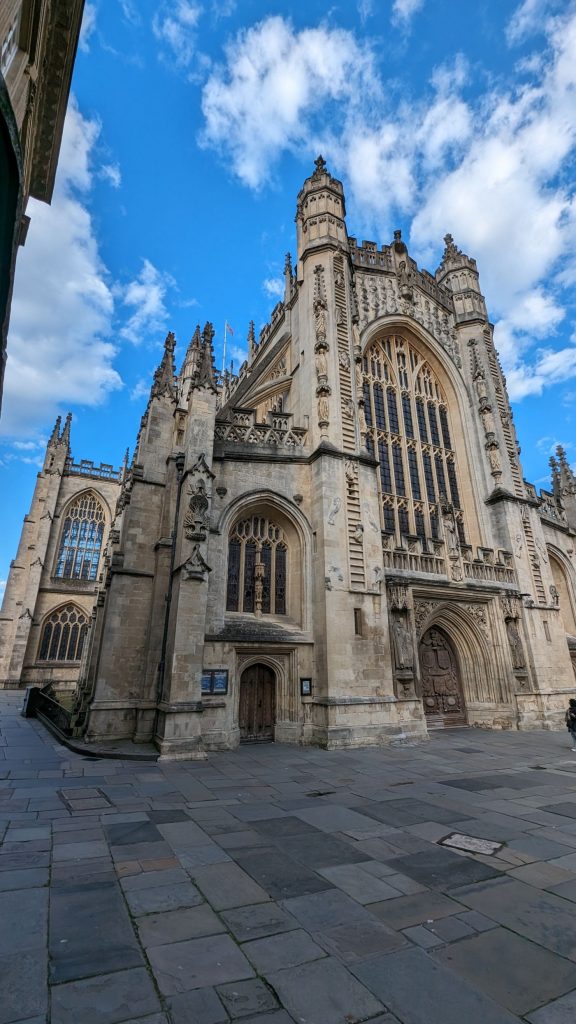
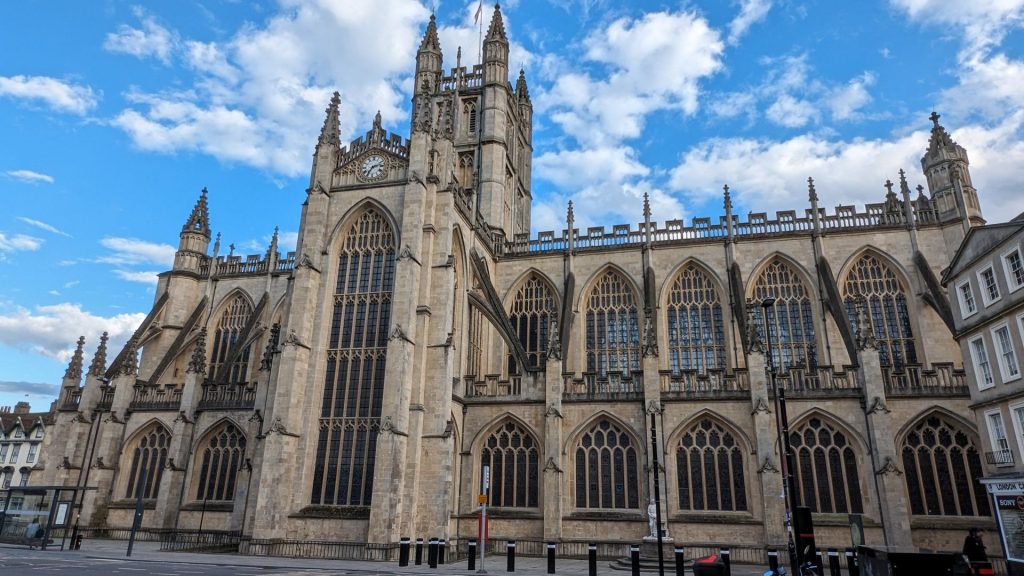
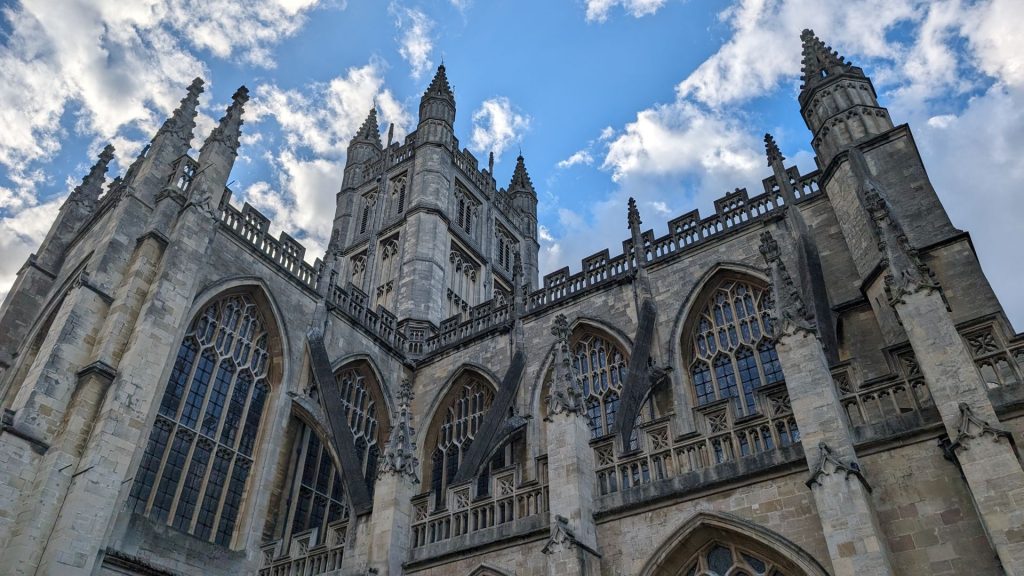
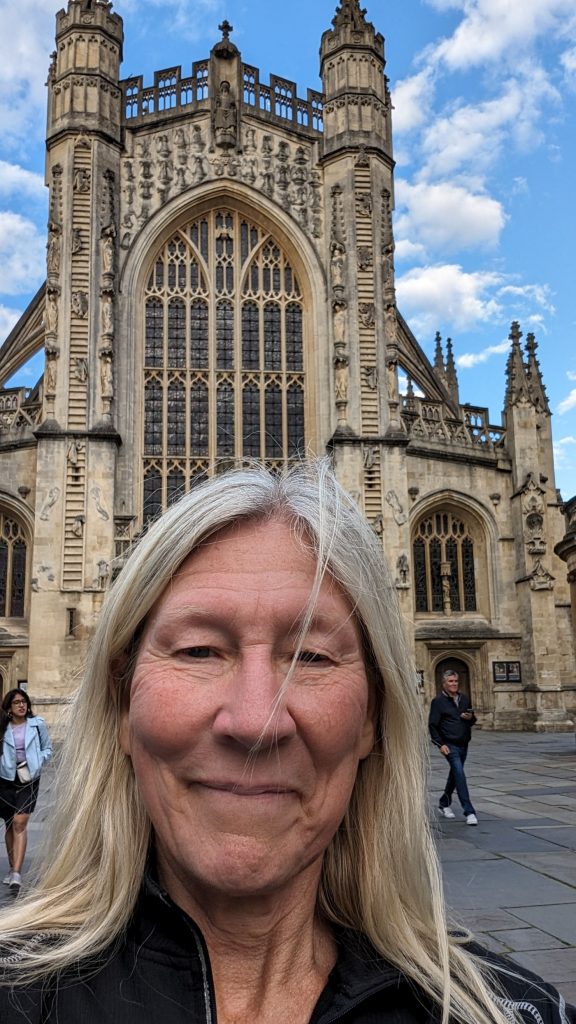
The Pulteney bridge is a bridge over the River Avon in Bath, England. It was completed by 1774, and connected the city with the land of the Pulteney family which the family wished to develop. Designed by Robert Adam in a Palladian style, it is highly unusual in that it has shops built across its full span on both sides. It has been designated as a Grade I listed building.
The back side of the bridge is entirely boring, but the front side is pretty. And they’ve built a set of “steps” for the Avon river to flow down, which is quite pretty.
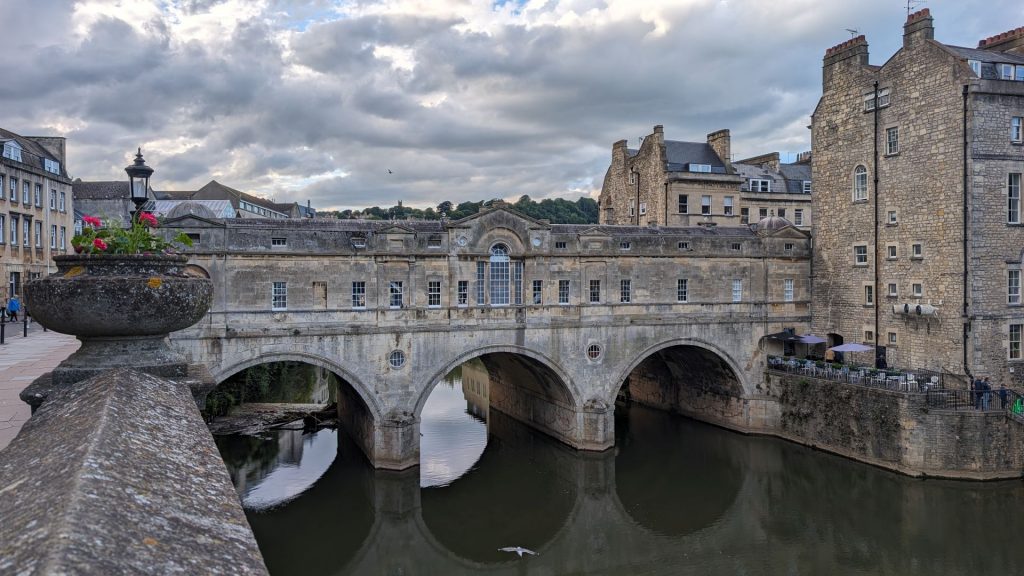
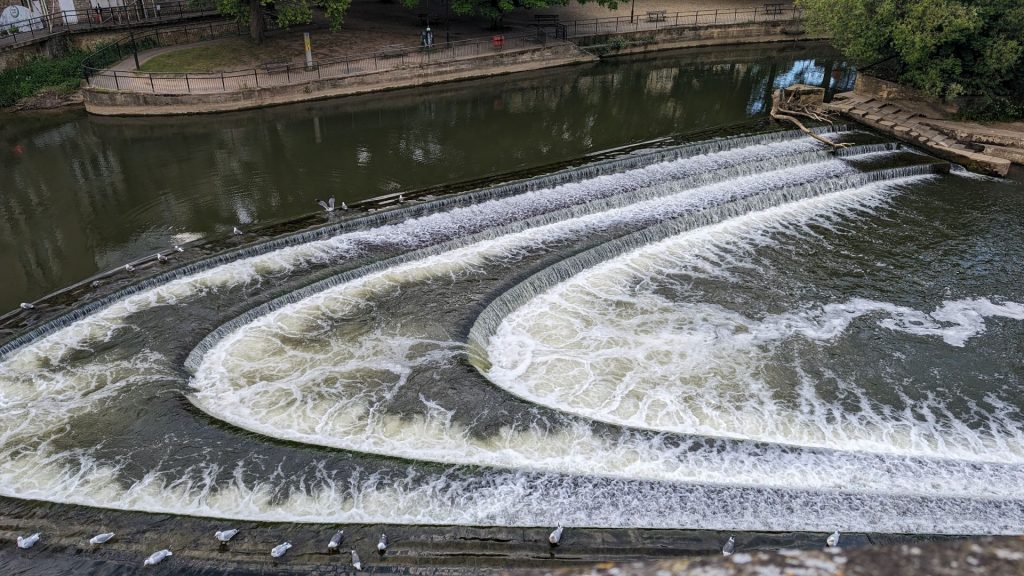
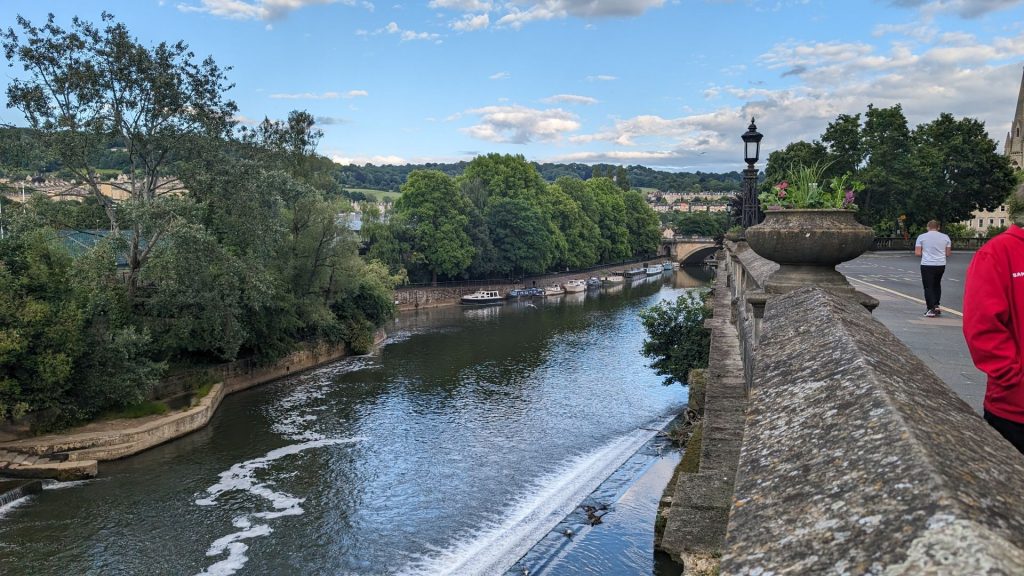
And now it was time for us to make our way to our hotel. We followed the steps we’d received in an email to retrieve our key (no one was on duty). I knew I would like it when I saw the “Ice cream for dogs” sign!
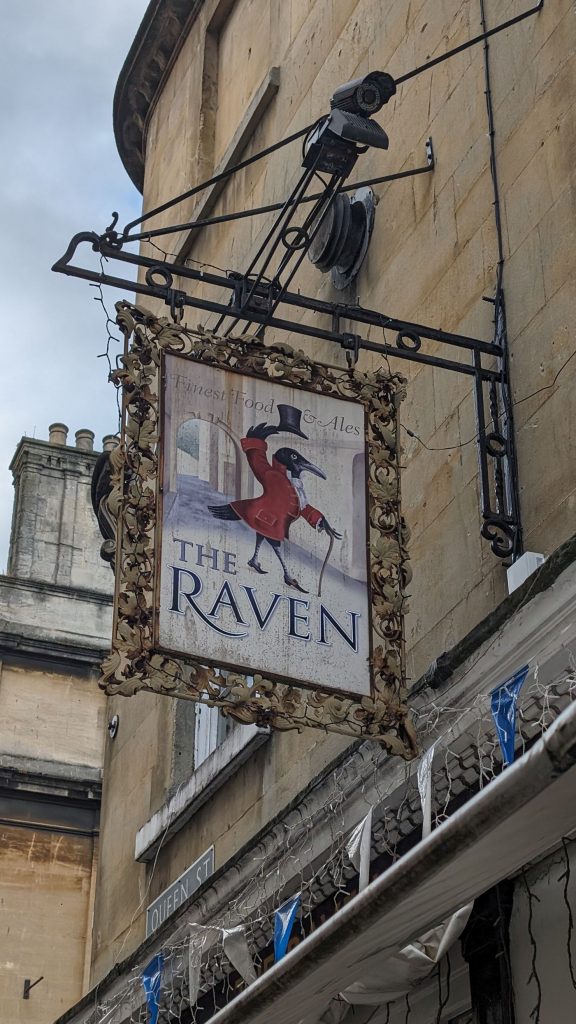
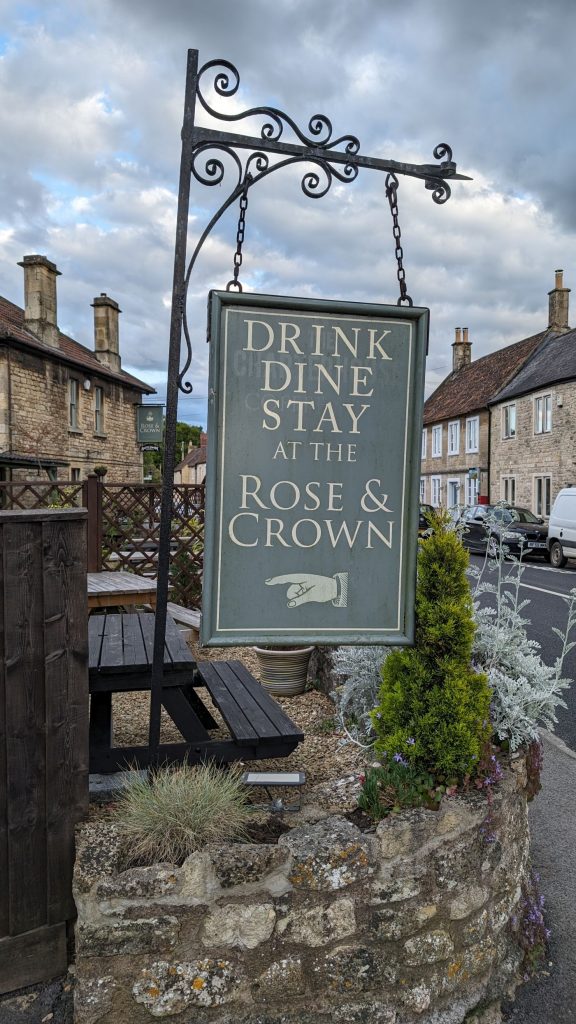

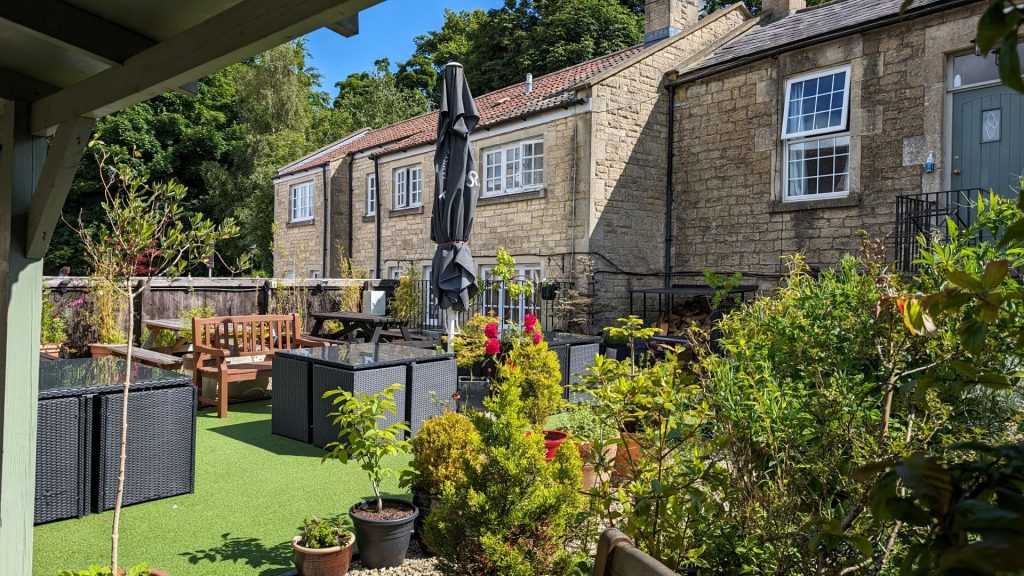
Our next three days were spent in the Cotswolds.
